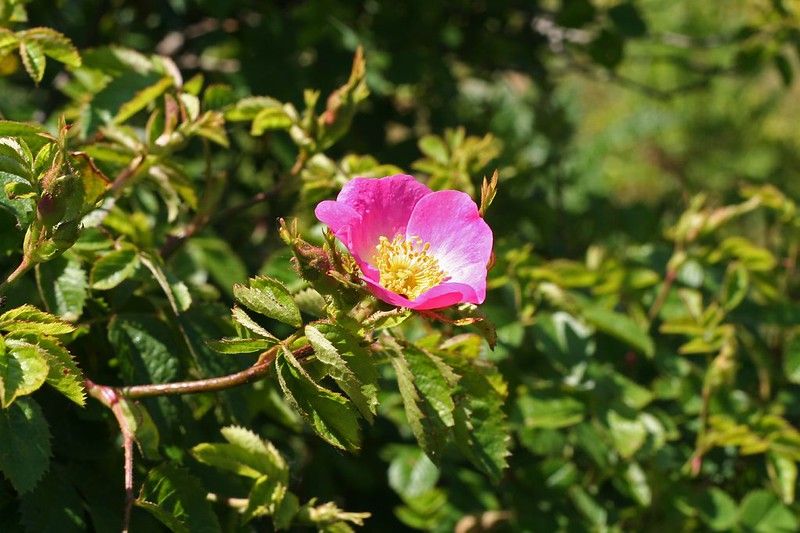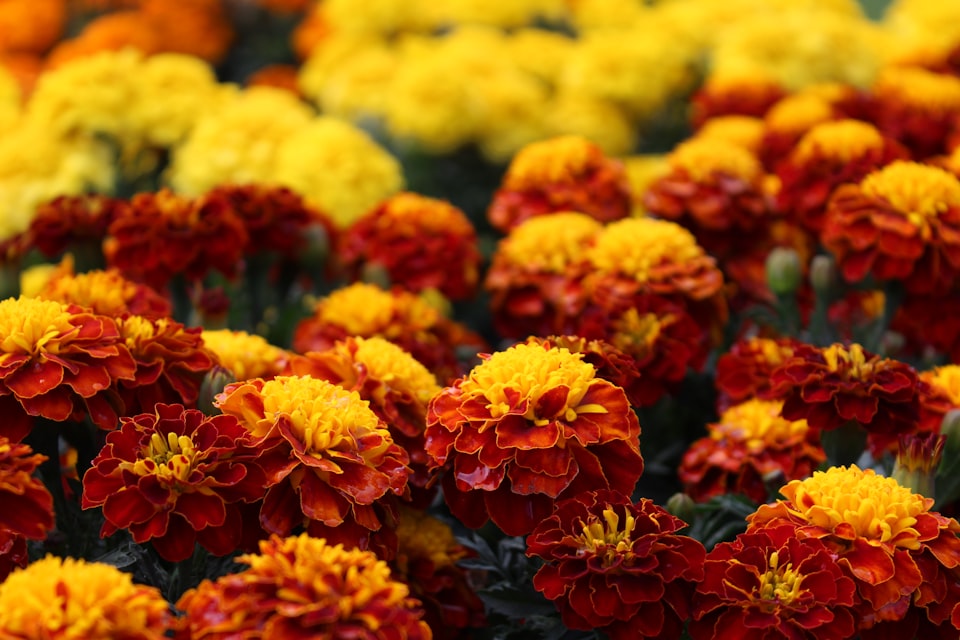IV: Autumn Crocus
This flower implies the king will die. Also, belly dancing.

Good morning. Today is quartidi, the 4th of Vendémiaire, Year CCXXXI. Today we celebrate colchique, an flower that resembles the saffron from two days ago, but is actually a more poisonous beauty.
When I think of a crocus, I think of brave little purple flowers poking their heads out of a snowy meadow in early spring, like stupid warriors charging into the frosty air. They can do this because they have highly waxy leaves and stems, so they're not as delicate as they look, but still, while crocus can bloom almost anywhere at any time, they're famously a "first flower of spring" guy.
So why in the world did Philippe Fabre d'Eglantine, our calendar's author of all assigned objects, drop the crocus right at the beginning of harvest season, in a window when all sorts of picky plants are blooming and the crocus could be pretty much anytime?
He didn't. This ain't no crocus. The term given to the 4th of Vendémiaire is colchique, a term for colchicum autumnale, colloquially known in English as autumn crocus, but actually a member of the lily family!
In fact, in a perfectly French move to add some sexy to the fall season, autumn crocus is one of the famous naked ladies.



